Africa’s collective electricity supply is bedevilled by weak legal frameworks and regional rivalry
An estimated 580 million Africans lack access to electricity, three quarters of the global total. The International Energy Agency (IEA) expects this number to rise as the COVID-19 pandemic stalls efforts to keep up with rising demand.
Before coronavirus struck, the continent had been making slow progress towards Sustainable Development Goal 7 – Ensuring access to affordable, reliable, sustainable and modern energy for all – but it now stands little chance of meeting this target by 2030.
Despite extensive petroleum reserves, high solar irradiation levels and vast hydropower potential, Africa receives only 4% of global energy supply investment, according to the IEA. This is largely a result of foreign investors’ fears that short-term political considerations will trump long-term policy goals, rendering energy master plans obsolete. Investors’ primary concerns include abrupt changes to the policy environment, unsustainably low electricity tariffs dependent on unaffordable state subsidies, and the poor governance and creditworthiness of state-owned utility companies. A whopping 95% of African energy utilities fail to recover their costs, according to the Energy for Growth Hub, scaring off potential investors.
Regional cooperation on energy promises potential solutions in three key areas. First, cross-border partnerships increase market size, making projects more likely to attract foreign investment. Second, regional connections enable countries with surplus electricity to share it with neighbours experiencing shortfalls thereby making power supplies more reliable. Third, a regional market can help drive down the costs for consumers if utility companies are mandated to purchase the cheapest available power. All three trends help to promote a shift in the energy mix by maximising the potential of new renewable sources at the expense of older and inefficient thermal generators.
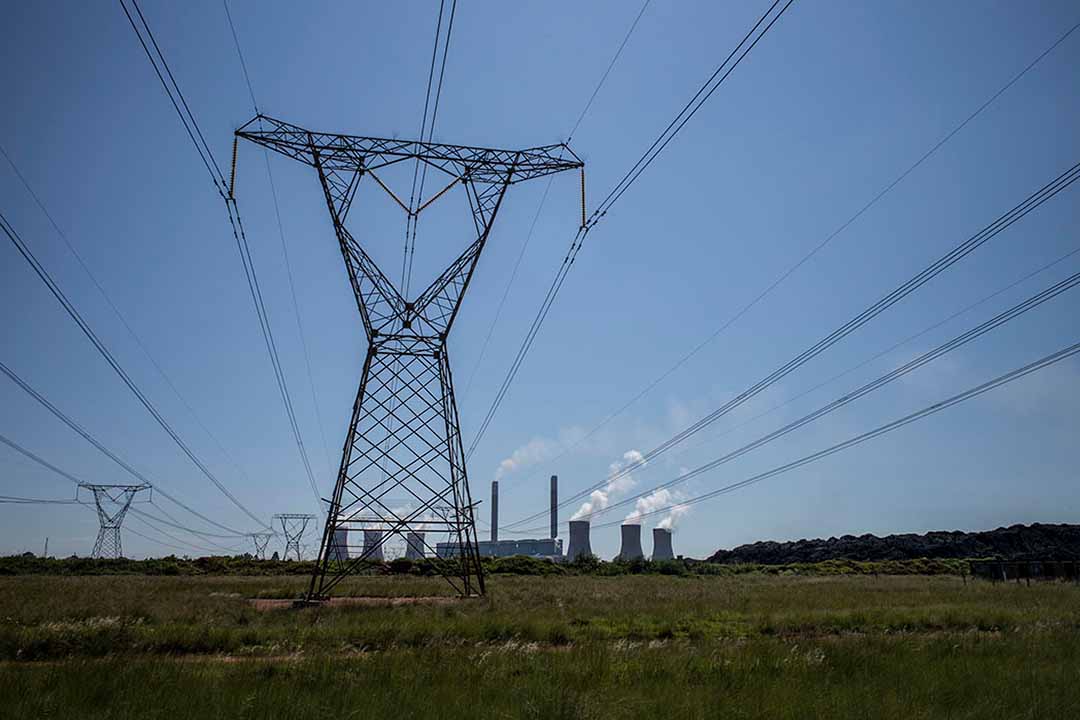
This picture taken on February 5, 2015 shows power lines leaving the Eskom Duvha Power Station, some 15km east of Witbank, in the coal rich Witbank region of South Africa. Embattled South African main electricity provider ESKOM was under “extreme” pressure and likely to remain so until end of the week after a technical fault at the country’s sole nuclear plant. AFP PHOTO / MARCO LONGARI (Photo by Marco LONGARI / AFP)
Africa’s regional economic communities have already taken steps to integrate through power pools, which enable national utility companies to plan and operate their collective electricity supply and transmission in the most reliable and economic manner given their load requirements. These power pools have the potential to promote investment in new hydropower capacity, reducing power system operating costs by $2.7 billion each year, and carbon dioxide emissions by 70 million tonnes per annum, according to estimates by the World Bank.
The Southern African Development Community (SADC) was the first regional economic community to connect national electricity grids and form a common market for electricity, establishing the Southern Africa Power Pool (SAPP) in 1995. Rising power demand in South Africa and at energy-intensive mining projects elsewhere in the region helped to attract foreign investment. This led to the creation of the Copperbelt Energy Corporation, a private Zambian electricity generation, transmission, distribution and supply company, in 1997, and Motraco, a joint venture between Mozambique, South Africa and Swaziland to upgrade cross-border transmission lines in 1998.
This early progress spurred the signing of bilateral contracts between the member countries, followed by the development of a Short-Term Electricity Market in 2001 and a Day-Ahead Market in 2009. By 2010, 7.5% of power generated in the region was being traded across the SAPP, according to the Infrastructure Consortium for Africa. However, this early progress in trading was not accompanied by comparable attention to the institutional environment. SADC failed to establish an independent regulator to oversee compliance with technical codes, regulate prices and promote competition. The weak legal framework and the absence of an autonomous dispute-resolution body undermined the pool’s prospects, according to a report commissioned by the World Bank.
Regional rivalry also undermined SAPP’s prospects, with SADC energy ministers unable to agree on a list of priority projects, thus missing opportunities to secure new investment in power production during the 2000s.
Uneven development left members overly reliant on Eskom, the utility company in regional hegemon South Africa, which had both the most installed capacity and was the top buyer of surplus electricity. A wave of power cuts in South Africa forced other members of the pool to implement load-shedding from 2008 onwards. Rather than address this challenge President Jacob Zuma mismanaged Eskom, leaving the utility company overstaffed and broke, undermining its ability to honour contracts through SAPP.
The Economic Community for West African States (ECOWAS) was more pragmatic than SADC when it established the West African Power Pool (WAPP) in 1999. Recognising the chronic energy shortages which plagued the region’s economic engine, Nigeria, WAPP adopted a more pragmatic, two-tier approach. Where reliable connections existed, steps were taken to forge a common market for electricity. Bilateral power purchase agreements enabled Côte d’Ivoire to export surplus energy to neighbouring Ghana, which was grappling with power cuts, and onwards to Benin and Togo, which as small countries had struggled to secure investment in their grids. By 2010, 6.9% of power generated in the region was being traded across this bloc, according to the Infrastructure Consortium for Africa.
Where reliable connections were lacking, the focus was on linking the hinterland to more developed coastal nations. Thus inland Burkina Faso gained access to power from Ghana and Côte d’Ivoire, while Niger was hooked up to Nigeria. But a number of smaller economies remain left behind, with laggards Guinea, Liberia, Mali and Sierra Leone still busy aligning their systems in the hope of accessing cheaper energy supplies from elsewhere in the WAPP. Other countries have forged their own path. Senegal initially cooperated with Mali and Mauritania to share hydropower from the Manantali dam, but President Macky Sall has since focused on upgrading his country’s installed capacity and grid, eyeing abundant offshore gas reserves. This threatens to leave Senegal’s smaller neighbours Guinea-Bissau and Gambia in the dark.
While the WAPP’s approach risks exacerbating regional inequality, it has at least developed a more robust framework, including a stronger and more autonomous secretariat capable of promoting priority projects and finalising decisions rather than waiting for national governments to act, according to a report commissioned by the World Bank. ECOWAS also took the critical step of establishing a Regional Electricity Regulatory Authority (ERERA), which became operational in 2011, addressing the lacuna identified in the SAPP.
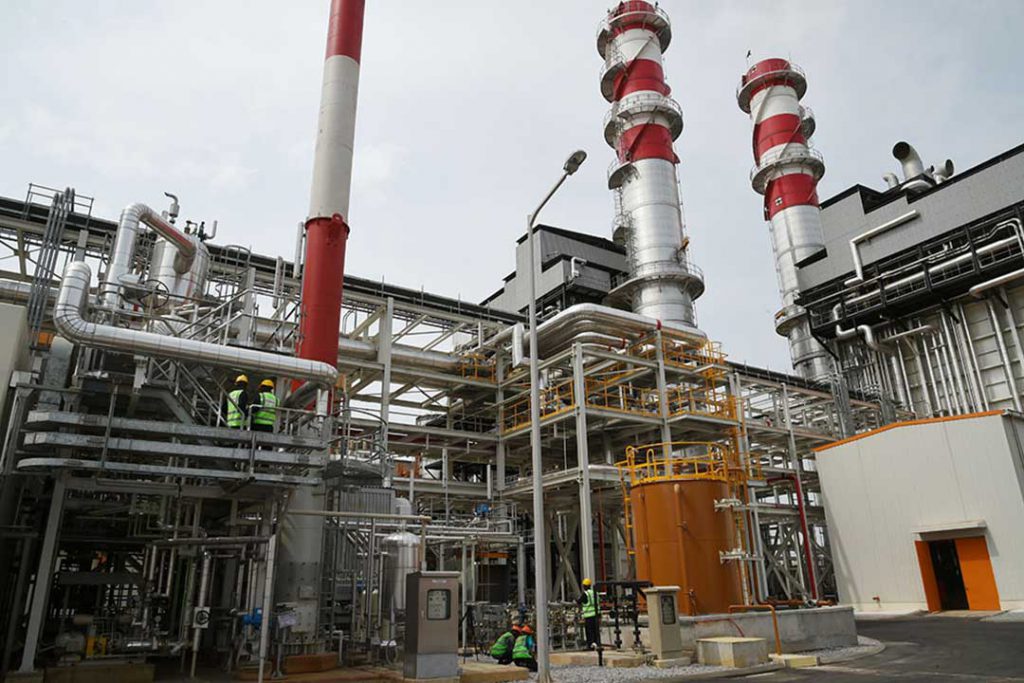
The thermal power station of Ivory Coast’s electricity production company Ciprel, a subdivision of French industrial group Eranove, is pictured in Abidjan on February 16, 2016. – Ivory Coast on February 17 inaugurated a 234 MW new thermal power plant which, according to President Alassane Ouattara, should enable the country to nearly reach its electricity capacity target for 2016. (Photo by SIA KAMBOU / AFP
In the middle of the continent, the Economic Community of Central African States (ECCAS) has failed to emulate ECOWAS’ dynamism through the Central Africa Power Pool (CAPP), which it founded in 2003.
Hugely ambitious plans to build new transmission lines required to unlock the vast hydropower potential of the River Congo have yet to move beyond the drawing board, with neither donors nor the private sector willing to tackle myriad political, regulatory, macroeconomic and security risks.
Greater hope lies in the Eastern Africa Power Pool (EAPP), which was formed by seven Common Market for Eastern and Southern Africa (COMESA) members in February 2005. Although the World Bank dismissed regional energy trade as “negligible” less than a decade ago, investment in new dams and transmission lines promises to make Ethiopia and Kenya major electricity exporters. While Kenya has mastered geothermal power from the Rift Valley, Ethiopia is doubling its installed generation capacity courtesy of the 6,000 MW Grand Ethiopian Renaissance Dam (GERD), which is expected to become fully operational in 2023. Such vast potential convinced the World Bank and African Development Bank to fund a new 2,000 MW transmission line between the two countries, which was completed last year. The GERD promises to lower electricity costs, transform the energy mix and make power supplies more reliable across EAPP.
[embeddoc url=”https://digitalmallblobstorage.blob.core.windows.net/wp-content/2020/11/WEO2020_ES.pdf” download=”all”]
COMESA has also moved to establish common legal, regulatory and institutional frameworks. In 2012, the EAPP established an independent regulatory board to supervise the pool, ensure compliance with electricity codes and technical standards, and regulate the use and price of transmission lines. The regulator also plays a role in enforcing standards and resolving disputes, helping to encourage private investment, thus promoting competition in the pool progressively. For now, the focus is the Day-Ahead Market, but the EAPP aims to move to a centralised trading regime in the next five years, according to the Infrastructure Consortium for Africa.
[However, Francois Pienaar, Business Development Manager at ESB International and a former consultant to utilities in Ghana, Liberia and Tanzania, worries that “billions spent on interconnections will be wasted” without greater attention to regional integration. Too many African governments focus on short-term objectives, such as subsidising electricity to key electoral constituencies to retain their political support, rather than considering how to address the contingent financial liabilities of national utility companies. Moreover, the energy sector has to vie for attention with competing industries, including the transport sector, beloved by politicians seeking visible projects.
The outlook is also complicated by COVID-19. “A crisis can often predispose policymakers to undertake more politically risky energy sector reforms”, as Alan David Lee and Zainab Usman note in their World Bank paper, Taking stock of the political economy of power sector reforms in developing countries. Yet Dr Usman told Africa in Fact that “the coronavirus pandemic has dramatically increased fiscal pressures in ways that could make African governments subordinate electrification projects to more urgent priorities.” The strengthening of Africa’s power pools therefore looks to be among the many casualties of the current public health emergency, increasing the number of Africans deprived of access to electricity.

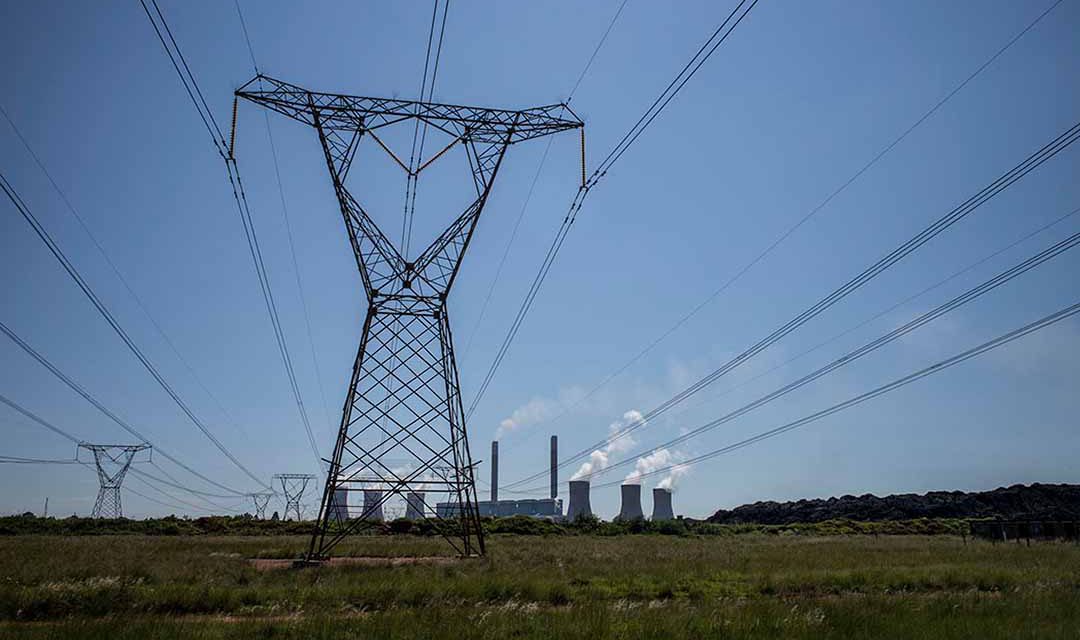
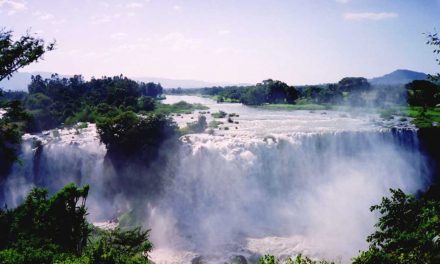
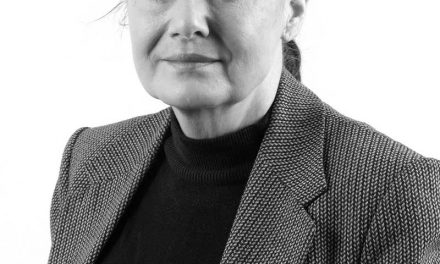
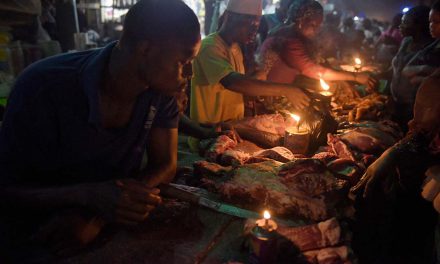
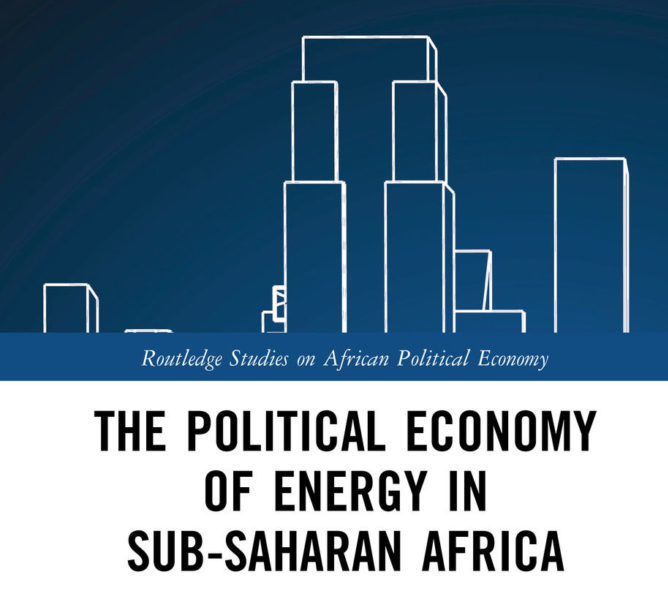






Very interesting. But I saw no mention of the training of say electrical engineers across numerous countries
to think about these problems and emerge with a knowledge of them.
And what about alignment of legal systems,which diversity could cause difficulty too.